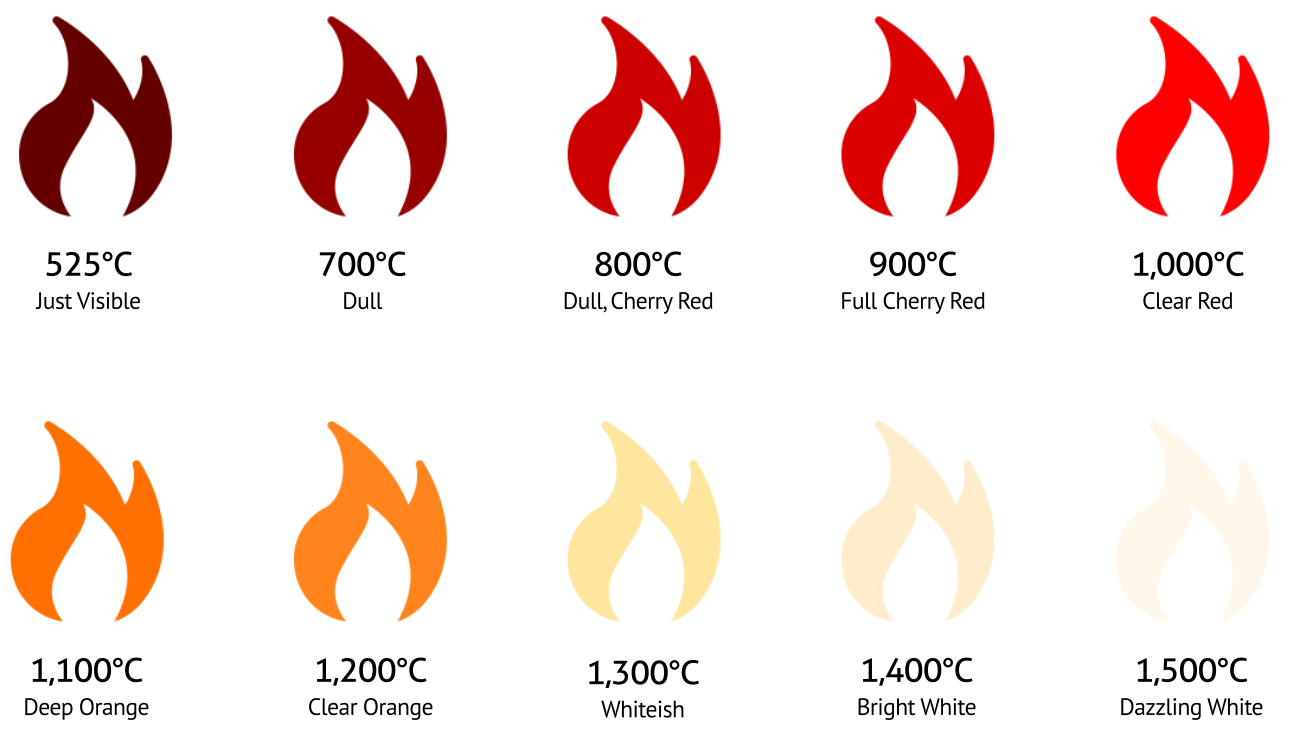Demystifying the Hottest Fire: What Color is it?
Fire, a mesmerizing natural phenomenon, has fascinated humans for centuries. One question that frequently arises is, "What color is the hottest fire?" In this article, we embark on a journey to explore the fascinating world of fire and its various colors, uncovering the truth behind the hottest flames. By delving into the science of fire and understanding the relationship between temperature and color, we aim to shed light on the hues associated with the highest temperatures in fire. Join us as we demystify the captivating question of the color of the hottest fire.
1. The Science of Fire and Temperature
To understand the color of fire, it's important to grasp the science behind its formation and the relationship between temperature and color. Fire is the result of a chemical reaction known as combustion, which occurs when fuel, heat, and oxygen combine. The temperature of a fire is directly linked to the type of fuel and the efficiency of combustion. As the temperature rises, the color of the flames changes.

Fire and Temperature
2. The Color Spectrum of Fire
Fire displays a broad spectrum of colors, ranging from cooler hues to the hotter, more intense shades. The color of a flame can provide insights into its temperature. Here are the general color variations associated with different temperatures:
Red and Orange Flames: Flames that appear red or orange are typically associated with lower temperatures, usually ranging from 980 to 1,800 degrees Fahrenheit (525 to 1,000 degrees Celsius). These flames are commonly observed in domestic fires, candle flames, or wood-burning fires.
Yellow Flames: Yellow flames indicate higher temperatures, typically ranging from 1,800 to 2,200 degrees Fahrenheit (1,000 to 1,200 degrees Celsius). These flames are often seen in natural gas or propane-fueled fires.
Blue Flames: The blue color in flames is an indication of even higher temperatures, generally exceeding 2,200 degrees Fahrenheit (1,200 degrees Celsius). Blue flames are commonly associated with combustion processes involving hotter fuels, such as alcohol, butane, or hydrogen.

Color Spectrum of Fire
3. The Hottest Flames and Colorless Fire
When it comes to the hottest flames, the color perception becomes more complex. At extremely high temperatures, flames can appear almost colorless or have a pale blue hue that is difficult to discern with the naked eye. These flames are referred to as "invisible" flames, and their high temperatures can exceed 3,000 degrees Fahrenheit (1,650 degrees Celsius).
The colorlessness of these flames is primarily due to the emission of light at wavelengths outside the visible spectrum. Instead of emitting visible light, these flames produce radiation primarily in the ultraviolet (UV) and infrared (IR) regions. While these flames may appear colorless, they still radiate enormous heat.
It's important to note that the color perception of flames can also be influenced by external factors such as lighting conditions, the presence of impurities in the fuel, and the combustion process itself. These factors can affect the emission of certain elements and compounds, leading to color variations even within flames of the same temperature.
The color of fire serves as a visual indicator of its temperature, with cooler flames displaying red and orange hues, and progressively hotter flames transitioning to yellow and blue shades. However, as temperatures reach extreme levels, flames can become almost colorless or exhibit a pale blue hue that is difficult to detect. At these high temperatures, flames emit light primarily in the ultraviolet and infrared regions, rendering them invisible to the naked eye. By understanding the relationship between temperature and flame color, we gain valuable insights into the diverse and captivating world of fire.